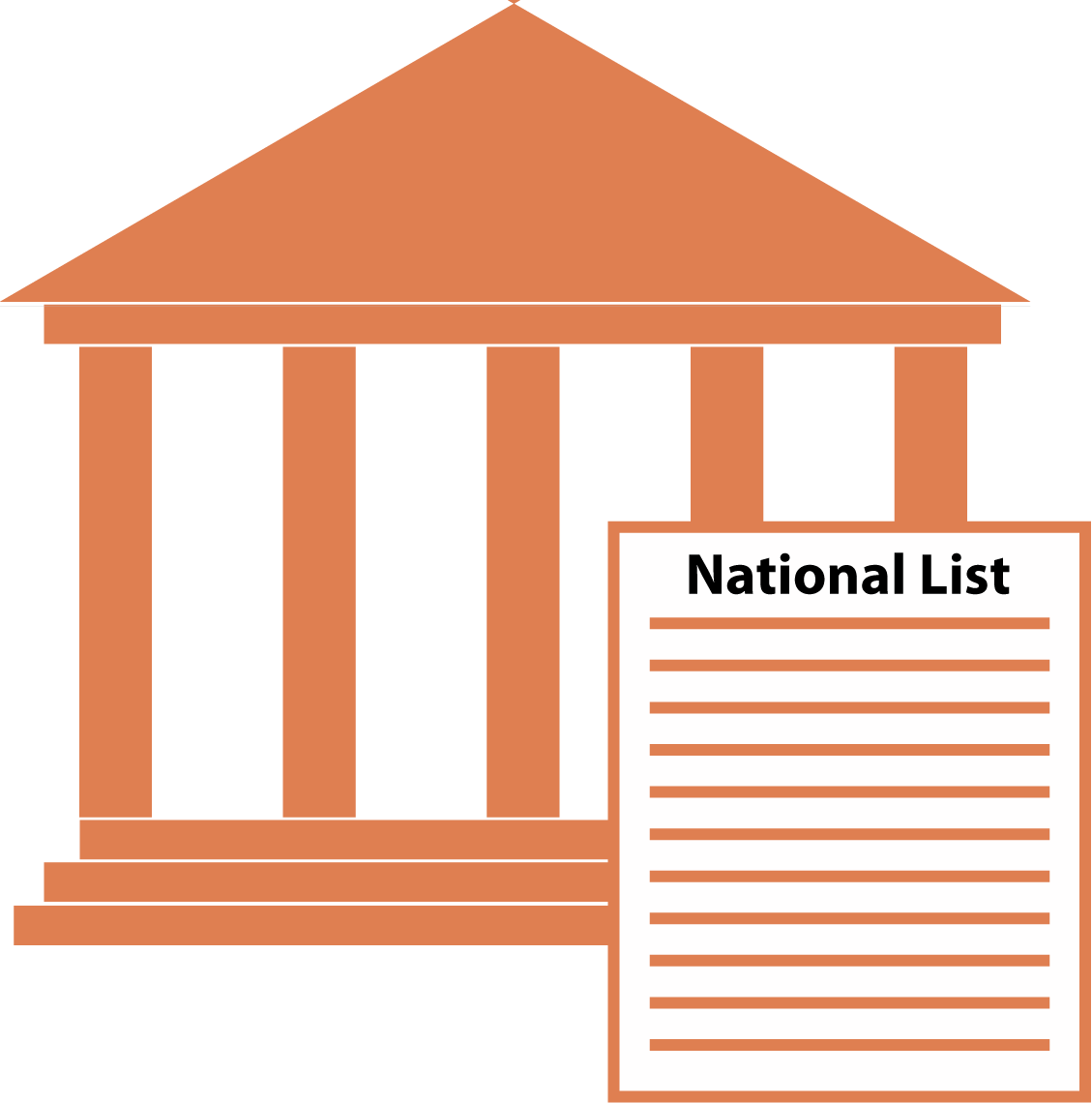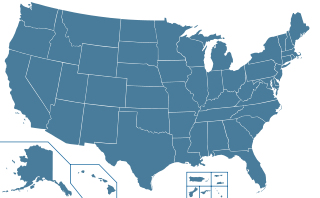State Wildlife Action Plans (SWAP)
A national look at Species of Greatest Conservation Need as reported in State Wildlife Action PlansState Wildlife Action Plans are developed by U.S. states and territories for conserving wildlife and habitat before they become too rare or costly to restore. In 2005, all 50 States and five U.S. Territories developed a State Wildlife Action Plan. Each plan includes the identification of Species of Greatest Conservation Need (SGCN) for that state. Revisions to the State Wildlife Action Plans occurred in 2015 with all 50 States and five U.S. Territories submitting their current plans for review and compilation into a national list.
One approach to advance the national conservation agenda is to use common terminology to identify and communicate common needs that extend across political boundaries. This approach is especially valuable when dealing with a diverse collection of original information from multiple producers such as the State Wildlife Action Plans produced in 2005 and 2015.
In partnership with the Association of Fish and Wildlife Agencies, the U.S. Geological Survey developed a process that allows the Species of Greatest Conservation Need from all of the state plans to be compiled, making their representation across taxa groups available via the Species Conservation Analysis Tool. Before a compiled view could be accomplished, consistent naming of species amongst the state plans had to be achieved. We used two internationally recognized taxonomic authorities, the Integrated Taxonomic Information System (see www.itis.gov) and the World Register of Marine Species (see http://www.marinespecies.org ) to build the compiled national list.
The U.S. Geological Survey strives to be transparent with all data and processing steps. To access the original data we received from the states please visit the source collection in Sciencebase.
Contact





